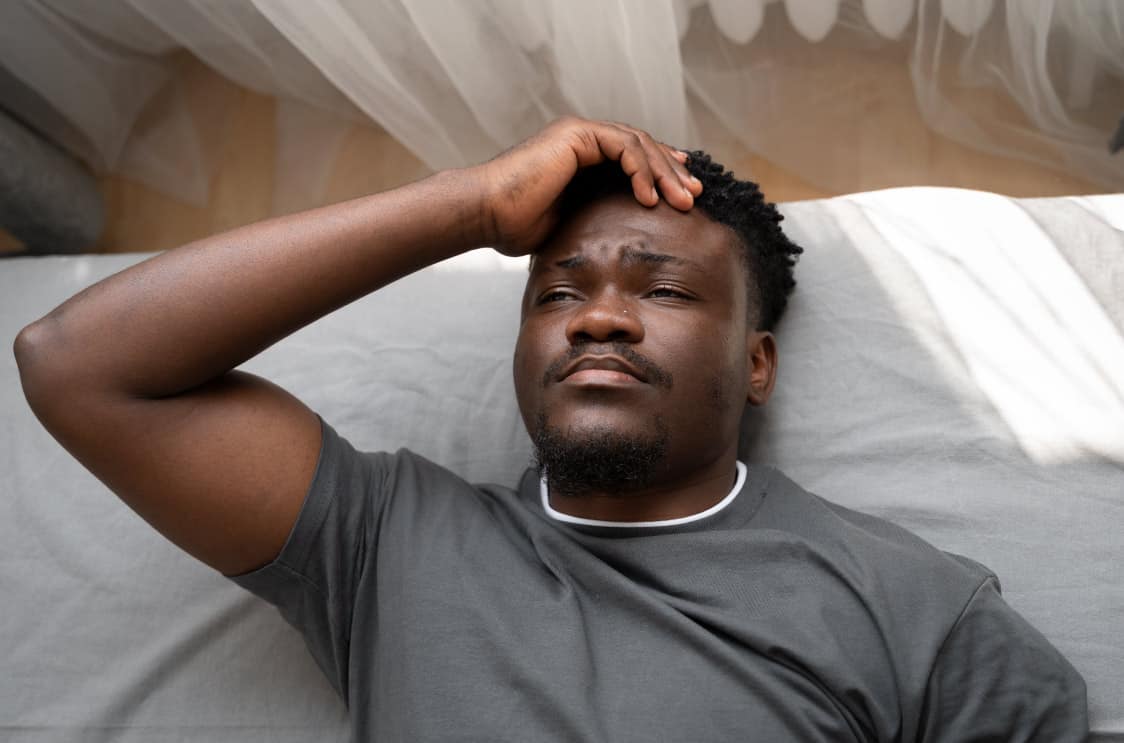
Today, we are turning our attention to a significant, often overlooked health issue that affects countless men worldwide – low testosterone. We’ll be taking a look at what causes low testosterone in men, especially young males, the associated symptoms, and possible treatment options. Let’s get started.
Testosterone is a crucial hormone in men, primarily produced in the testicles. It’s responsible for building muscle and bone mass, sex drive, and sperm production. While it’s natural for testosterone levels to decrease with age, some men experience a sharper decline, leading to a condition known as low testosterone or testosterone deficiency.
Low testosterone can stem from various factors, both natural and medical. Here are some common causes:
It’s well-documented that testosterone levels decrease naturally with age. Most men start experiencing a decline around age 30 to 40.
Overweight men are more likely to have low testosterone levels. Fat cells metabolize testosterone to estrogen, reducing the amount of testosterone in the body.
Testicular damage can reduce testosterone production. Infections such as mumps can also lead to this condition.
Conditions like hypogonadism can lead to low testosterone.
Some medicines, like opioids, can affect the pituitary gland and its ability to produce testosterone.
Conditions like liver disease, kidney disease, and HIV/AIDS can lead to low testosterone.
Notably, it’s important to understand what causes low testosterone in young males. While it’s typically less common, issues like testicular injuries, cancer treatments, chronic diseases, or genetic disorders like Klinefelter syndrome can lead to low testosterone in younger men.
Low testosterone symptoms can be subtle and often mistaken for signs of aging. Common symptoms include:
A significant reduction in sexual desire is a common sign of low testosterone.
While testosterone alone doesn’t cause an erection, it stimulates the brain’s receptors to produce nitric oxide, a molecule that helps trigger an erection.
Low testosterone can result in fatigue and a noticeable decrease in energy levels.
Depression, irritability, or difficulty concentrating: Men with low testosterone may experience mood swings or mental fatigue.
Loss of muscle mass and increased body fat: Since testosterone plays a crucial role in building muscle, low levels can lead to a loss of muscle mass.
If you’re experiencing symptoms of low testosterone, a simple blood test can confirm the diagnosis. Once diagnosed, there are various low testosterone treatment options to consider:
This is the most common treatment and can be administered through injections, patches, gels, or pellets.
Healthy diet, regular exercise, adequate sleep, and reduced stress can naturally boost testosterone levels.
Certain medications can stimulate the body to produce more testosterone.
Addressing conditions like obesity or hypogonadism can improve testosterone levels.
In conclusion, if you suspect you may have low testosterone, it’s crucial to consult with a healthcare provider who can guide you through diagnosis and treatment. Understand that low testosterone is a common issue that many men face, and with the right approach, it can be effectively managed, leading to an improved quality of life. Remember, your health is a priority, and seeking help is the first step towards a healthier you!
Share this post: